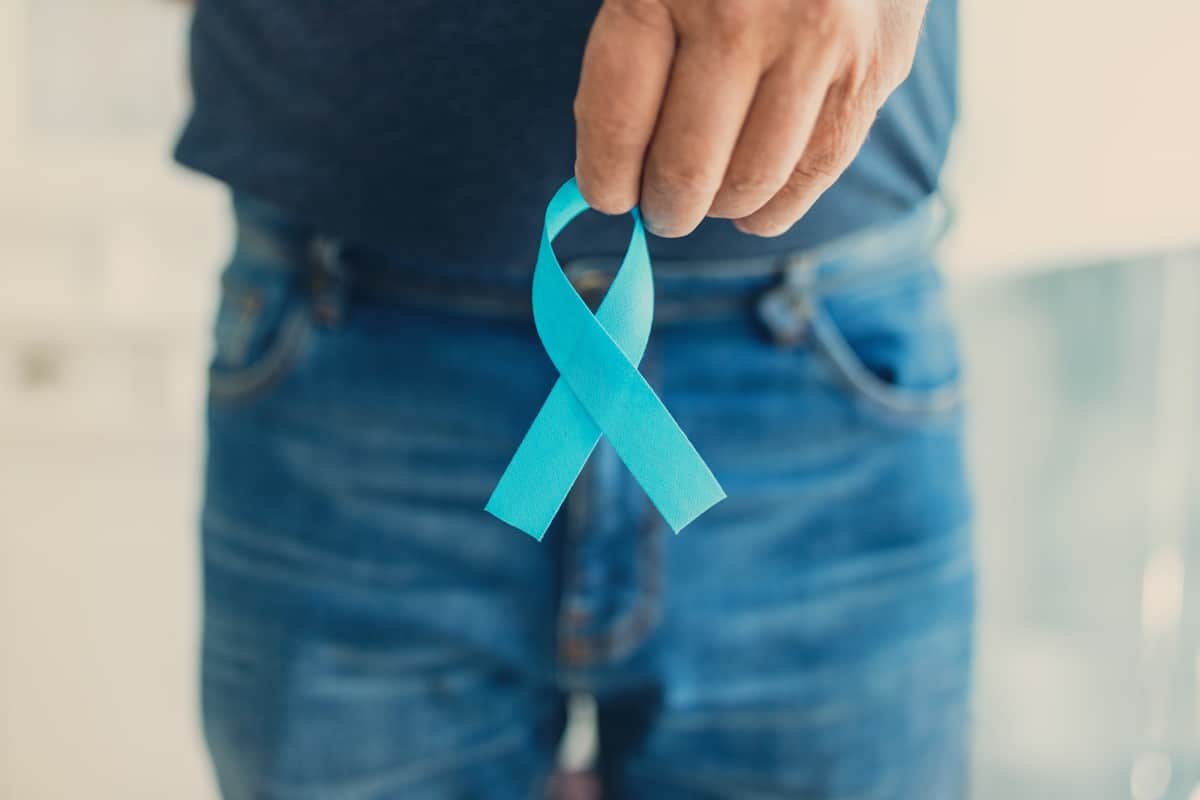Prevention is always a primary goal in the battle against prostate cancer. Although researchers have made significant progress in identifying factors that include genetic and environmental associations with prostate cancer, they have yet to make conclusive recommendations for prevention. However, there are specific proactive measures that men can still use to potentially reduce their risk of developing prostate cancer and improve their overall outcomes.
Understanding Prostate Cancer Risk Factors
Three primary factors influence an individual’s risk of developing prostate cancer: age, race, and family history.
Age
Prostate cancer predominantly affects older men, with the average age of diagnosis in the United States being 66 years. While rare in men under 50, the risk increases with age, with statistics indicating a progressive rise in risk as men advance through their 50s, 60s, and beyond.
Race
Black men in the U.S. face a significantly higher risk of developing prostate cancer compared to other racial groups. They are approximately 70% more likely to develop the disease and have more than double the risk of mortality from it.
Family History
Men with a family history of prostate cancer, particularly among close relatives such as fathers or brothers, can elevate their risk. This risk escalates further if the cancer occurs at a younger age or affects multiple family members. Individuals with such family histories must consult their healthcare providers for personalized risk assessments.
Preventive Measures and Lifestyle Recommendations
While certain risk factors like age, race, and family history are beyond one’s control, adopting healthy lifestyle practices can potentially mitigate the risk of aggressive prostate cancer or recurrence. For men, wanting to reduce their risk of a prostate cancer diagnosis, it may be worth their while to consider adopting these ten healthy-living lifestyle factors:
- Embrace an “anti-inflammatory diet” rich in colorful vegetables while minimizing red meat, sugar, processed foods, and dairy products.
- Maintain a healthy weight through calorie control and regular exercise, as obesity is associated with an increased risk of fatal prostate cancer and recurrence.
- Be mindful of calcium intake, favoring plant-based sources over supplements to mitigate the risk of aggressive prostate cancer.
- Substitute red meat with plant-based proteins and fish to reduce saturated fat intake and inflammation.
- Include cooked tomatoes and cruciferous vegetables in your diet, as they potentially protect against prostate cancer.
- Avoid smoking and limit alcohol consumption.
- Prioritize the management of stress and underlying health conditions such as high blood pressure, diabetes, and depression, which can impact prostate cancer outcomes.
- Exercise caution with megavitamin supplementation and herbal remedies, seeking guidance from healthcare professionals.
- Cultivate a balanced lifestyle that promotes relaxation and enjoyment, as chronic stress may negatively impact cancer outcomes.
- For men age 40 or older, begin prostate cancer screening with a PSA test and a rectal examination with your doctor.
Putting it all together
While the quest for a foolproof strategy to prevent prostate cancer continues, proactive lifestyle modifications and early detection efforts offer promising avenues for reducing risk and improving outcomes. By embracing health and wellness holistically, men can empower themselves in the fight against this prevalent disease.


